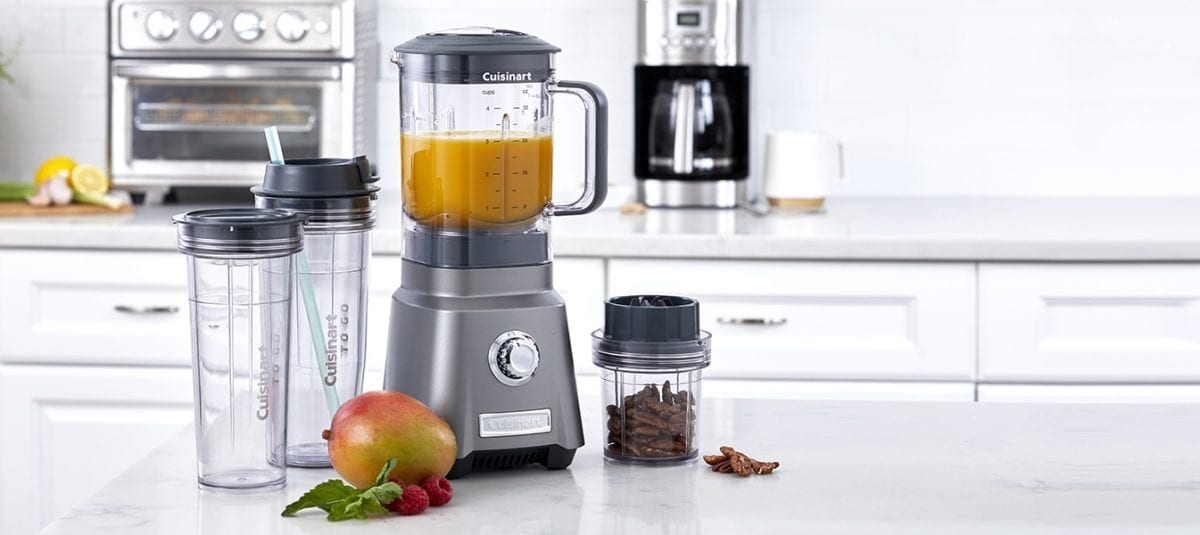There is a new fitness craze in the wellness scene – blended smoothies! People all around the globe are using them with great results. Muscle builders are using them to craft protein rich smoothies containing all sorts of goodies from nuts and seeds to dates and casein powder. People wanting to lose weight or detox are using them to replace calorie rich meals with a variety of healthy greens. Families are using them to craft healthy smoothies from the kids.
With all the hype and benefits around these small inexpensive blenders, its not hard to see why they are so popular. With so many options on the market, its easy to be led astray into purchasing the wrong tool for the job. The below tips will come in handy before you make the final decision.
Power
Unfortunately, not all blenders are created equally. As the old saying goes, you get what you pay for and the bullet blender market is no different. The first factor to consider is the amount of power the blender comes with. The more power your blender’s motor has, the more efficient it will be in breaking down tougher ingredients.
At the lower end of the scale ($40 – $60), you will find your entry level blenders. These models often come with a 200 – 600-watt motor that is good for emulsifying softer ingredients. This would include avocado, banana, spinach leaves and wall nuts. Anything harder and the blender will have difficulties.
For a mid-range blender such as the NutriBullet Pro, you’d expect to pay between $60 and $90. The power rating of these blenders is typical between 600 watts and 900 watts. These blenders are better at emulsifying harder ingredients, as seen in this NutriBullet comparison. These will include nuts, ice and frozen berries. If you were to add these items into a less powerful blender, you’d end up with chunks that make the smoothie less palatable.
A top of the range bullet blender will cost you more, $90 and above. These will include major trusted brands with more than 10 years in the game. These blenders will power through anything you place in the container. Ingredients that your entry to mid-range blenders struggle with are no challenge. This would include stringy fruits and vegetables such as Celery or Kale.
Warranty and Build Quality
The warranty is a topic rarely covered, but an important factor to consider with this fitness craze. Your entry to mid-range blenders are often made in China and come with a limited 1-year warranty. Limited meaning you are covered if the machine should break down or develop a major fault.
What this will not cover you for is your accessories such as the blades or the cups. If your blades become dull from constant use or should beak because you have placed an item in there it cannot tackle – you are not covered. The cups often have plastic tabs that lock it to the base to begin the blending process. If these become damaged, you won’t be covered.
The build quality is often a concern. High end blenders will have a metal drive socket (where the blender connects to the cup or jug) and a metal connector under the cup where it fits into the drive socket. As time goes by your blender will suffer less wear and tear as they are more durable.
The entry to mid-range blenders often have a plastic drive socket and connector under the cup – to keep manufacturing costs down. What this translates to is faster wear and tear on your blender. This won’t be a problem if plan on using your bullet blender occasionally. It’s often after the one-year limited warranty period is up that this will start to become an issue.
Final Thoughts
The bullet blender is a must for any modern kitchen and are not just a fitness craze. They have a variety of uses from smoothies for the kids to salsa for your corn chips. Before you consider picking up one of these modern marvels, you should first consider what you plan to make with it. This will guide your buying decision in the right directions, ensuring you land with the right tool for the job.
All the better for you if you can stretch for a higher end quality model that will take on any challenge you place before it. Your mid-tier blender will serve you well on the proviso you don’t use it multiple times every day. Your entry level models are perfect for the person wanting to get their feet wet with a few basic smoothies.
I’m sure whatever model you select will be a perfect fit for your kitchen and lifestyle!








